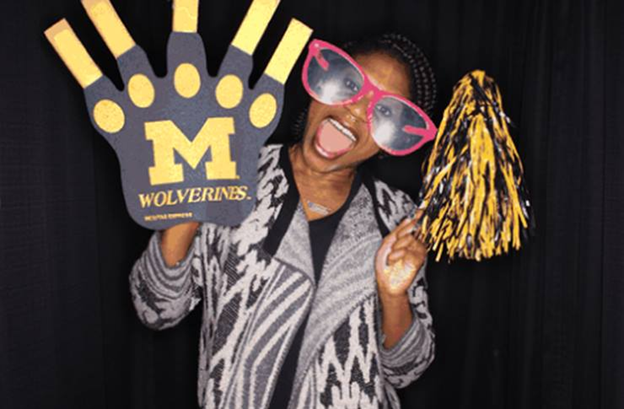Hi Everyone! My name is Chiamaka & I’m taking over this week! I’m a 3rd yr #PhDcandidate & #cardiacelectrophysiologist at @UMPharmacology. I got my B.S. in #biochem from @GeorgiaTech & my M.S. from @UMich_MCDB. I’m also a @FulbrightPrgrm ambassador & founder of @fulbrightnoir. 

For the past few yrs my research focused on how bacteria develop resistance to antibiotics. Our questions boiled down to: how do bacteria evade drugs designed to kill them? Understanding defense mechanisms in bacteria can help us design better drugs to treat bacterial infections.
Now I'm investigating ways to treat heart dysfunction by targeting the #hERG potassium channel. I use #wholecellpatchclamping to record electrical activity of beating heart cells (see pic) in real time which informs us of healthy or abnormal behavior. It’s pretty dope! 

I switched fields entirely & there's a beautiful non-linear story behind that. I applied to ~30 post bacc (@NIH PREP), M.S., & Ph.D. programs & was denied admission to all of them (including my current program) #StruggleBus. But we finally made it 😅 #weouchea
• • •
Missing some Tweet in this thread? You can try to
force a refresh









